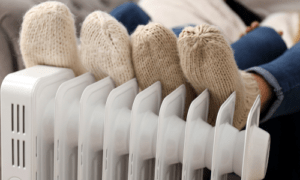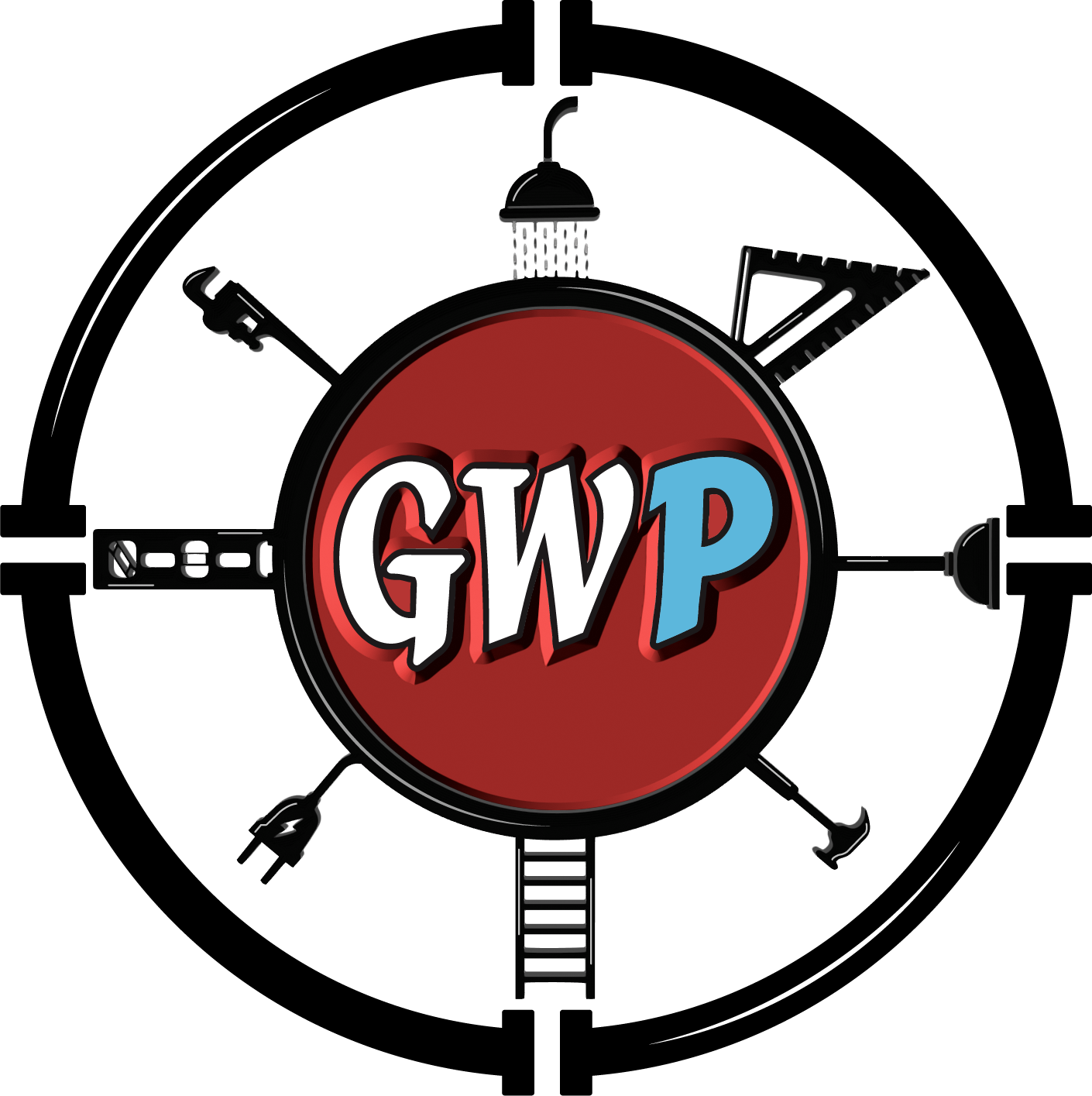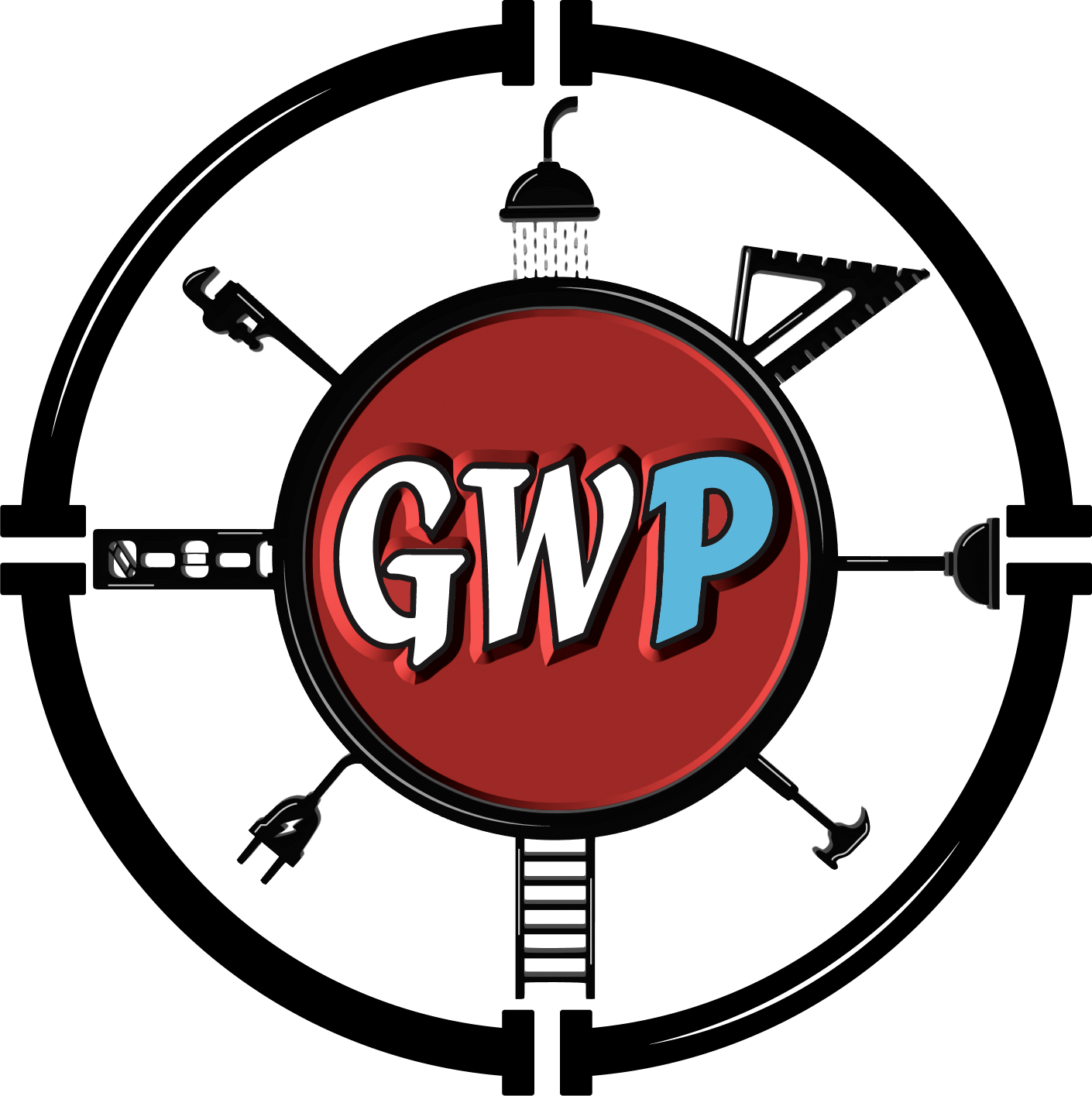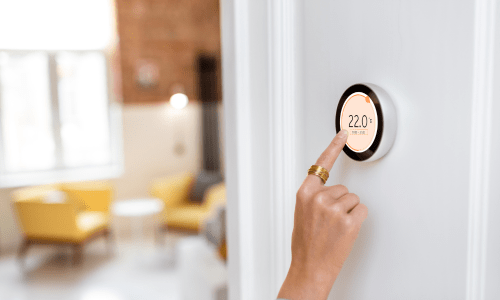Imagine walking into your home after a long day, turning on the faucet, or flushing the toilet, and knowing that even these simple actions are saving money and helping the environment. While it might seem like a small change, upgrading to energy-efficient plumbing fixtures can have a big impact—/‘[ ..I 8not just on your wallet but also on your overall environmental footprint.
Energy efficiency isn’t just about lightbulbs or appliances anymore. Today, it extends into plumbing, offering smarter solutions for everyday tasks like showering, washing dishes, and heating water. Whether you’re a homeowner looking to cut costs or someone hoping to contribute to a greener planet, energy-efficient plumbing fixtures provide a win-win scenario. Let’s explore some of these innovations and the benefits they bring to your home and lifestyle.
1. Low-Flow Toilets: Saving Water Without Compromising Functionality
Did you know toilets account for nearly 30% of household water usage? That means your old, inefficient toilet could be flushing away gallons of water unnecessarily every day. Low-flow toilets are designed to use significantly less water—often 20-60% less per flush—without sacrificing performance.
Instead of the standard 3.5 gallons per flush (gpf) that older toilets use, low-flow models operate at just 1.28 gpf or even less. Over time, this adds up to thousands of gallons of water saved annually, translating to lower water bills.
What to Look For
When shopping for a low-flow toilet, keep an eye out for the EPA’s WaterSense label. This certification guarantees that the toilet meets strict efficiency and performance standards. Dual-flush toilets are another excellent option, offering separate settings for liquid and solid waste, allowing for even greater water savings.
Why It Matters Not only do low-flow toilets save water, but they also reduce strain on local water treatment facilities and sewer systems. This makes them an eco-friendly choice that benefits your community as well as your home.
Not only do low-flow toilets save water, but they also reduce strain on local water treatment facilities and sewer systems. This makes them an eco-friendly choice that benefits your community as well as your home.
2. Tankless Water Heaters: Efficiency On Demand
Water heating accounts for about 18% of the energy consumed in your home. Traditional tank water heaters constantly keep a reservoir of water hot, even when it’s not being used, which wastes energy. Tankless water heaters, on the other hand, heat water only when it’s needed, making them far more efficient.
How They Work
Tankless water heaters use high-powered burners to heat water as it passes through a heat exchanger. This means you’re not limited to the size of a tank—you’ll have hot water whenever you need it.
The Benefits
- Energy Savings: Tankless heaters use 24-34% less energy than conventional water heaters for homes using 41 gallons or less of hot water daily.
- Longevity: These systems typically last longer, with a lifespan of up to 20 years compared to the 10-15 years of traditional tanks.
What to Keep in Mind
When choosing a tankless water heater, ensure it’s properly sized for your household’s hot water needs. A professional plumber can help you determine the best option based on factors like the number of bathrooms and appliances in your home.
3. Water-Saving Faucets and Showerheads: Small Changes, Big Impact
Think about how often you use your faucets and showerheads. From washing hands to taking showers, these fixtures play a significant role in your daily water consumption. Upgrading to water-saving models can make a huge difference without compromising performance or comfort.
Water-Saving Faucets
Standard faucets flow at about 2.2 gallons per minute (gpm). By contrast, water-saving faucets with the WaterSense label flow at 1.5 gpm or less. This simple switch can reduce water usage by nearly 30%.
Efficient Showerheads
Low-flow showerheads are designed to use less water while maintaining strong pressure. They often incorporate air into the water stream, creating the sensation of a higher flow rate. These models use 2 gpm or less, compared to older models that use 2.5 gpm or more.
The Benefits
- Reduced Utility Bills: Lower water consumption means lower water and energy bills, especially since heating water accounts for a significant portion of your energy use.
- Improved Sustainability: By using less water, you’re helping conserve this precious resource for future generations.
Pro Tip
Switching to water-efficient fixtures is one of the easiest DIY upgrades for homeowners. Simply unscrew the old fixture and replace it with a new one—no professional installation required in most cases.
4. Smart Leak Detectors: Technology to the Rescue
Plumbing leaks are not just an annoyance; they can be costly and wasteful. A dripping faucet, for instance, can waste up to 3,000 gallons of water annually. Worse, hidden leaks can cause structural damage and lead to skyrocketing water bills.
That’s where smart leak detectors come in. These devices use sensors to monitor your plumbing system for leaks and alert you via smartphone when an issue is detected.
How They Work
Some smart leak detectors are installed at specific points, like under sinks or near water heaters, while others are installed at the main water line to monitor your entire system. Many devices also have automatic shutoff capabilities, which can prevent major damage in case of a significant leak.
The Benefits
- Early Detection: Catching leaks early saves water and prevents costly repairs.
- Peace of Mind: Whether you’re at home or away, you’ll be notified of any issues, allowing you to act quickly.
Why You Should Consider One
Smart leak detectors are particularly beneficial for vacation homes or rental properties, where leaks might go unnoticed for weeks or months. Investing in this technology is like having a 24/7 guardian for your plumbing system.
Conclusion: A Greener, Smarter Home
Upgrading to energy-efficient plumbing fixtures is one of the most impactful changes you can make in your home. These solutions are practical, eco-friendly, and budget-conscious, offering both immediate savings and long-term benefits.
By installing low-flow toilets, tankless water heaters, water-saving faucets and showerheads, and smart leak detectors, you’re not just improving your home’s efficiency—you’re contributing to a more sustainable future.
So, the next time you think about home improvements, don’t overlook your plumbing. With these modern, efficient options, you can enjoy the convenience of advanced technology while saving money and protecting the environment. It’s a small investment with big rewards—both for you and the planet.


